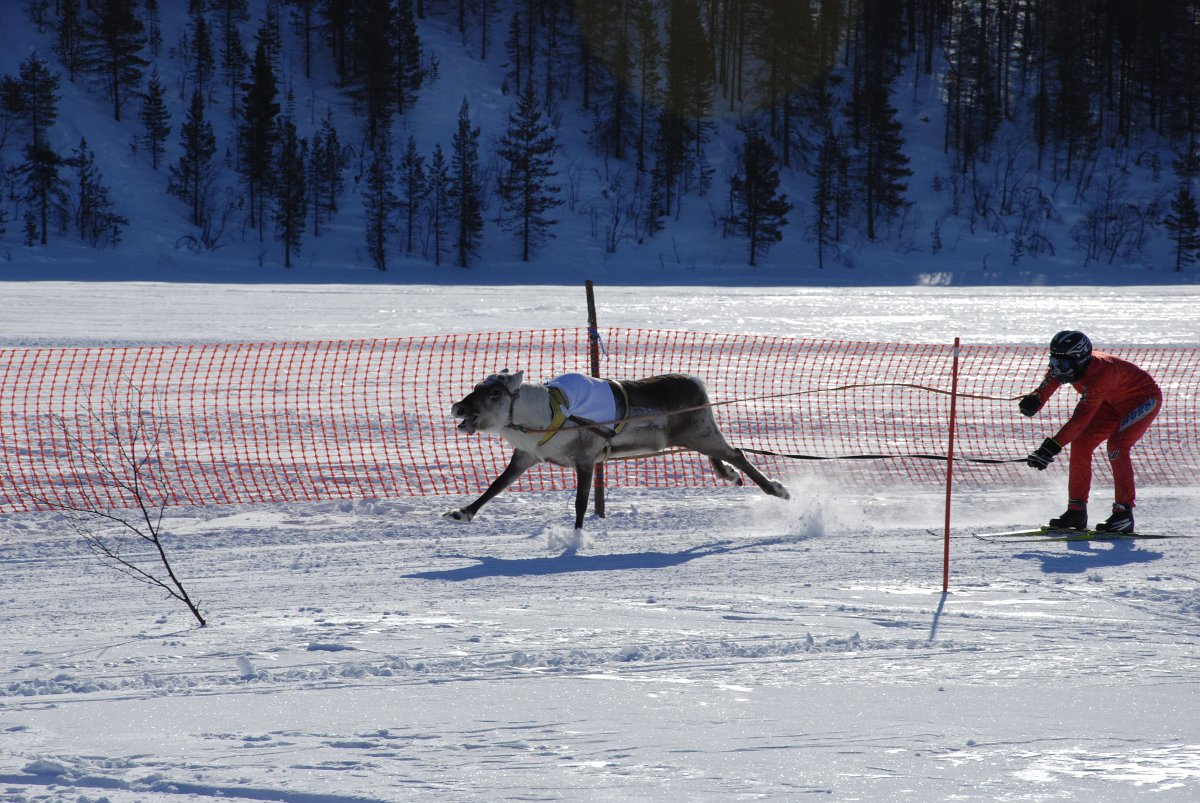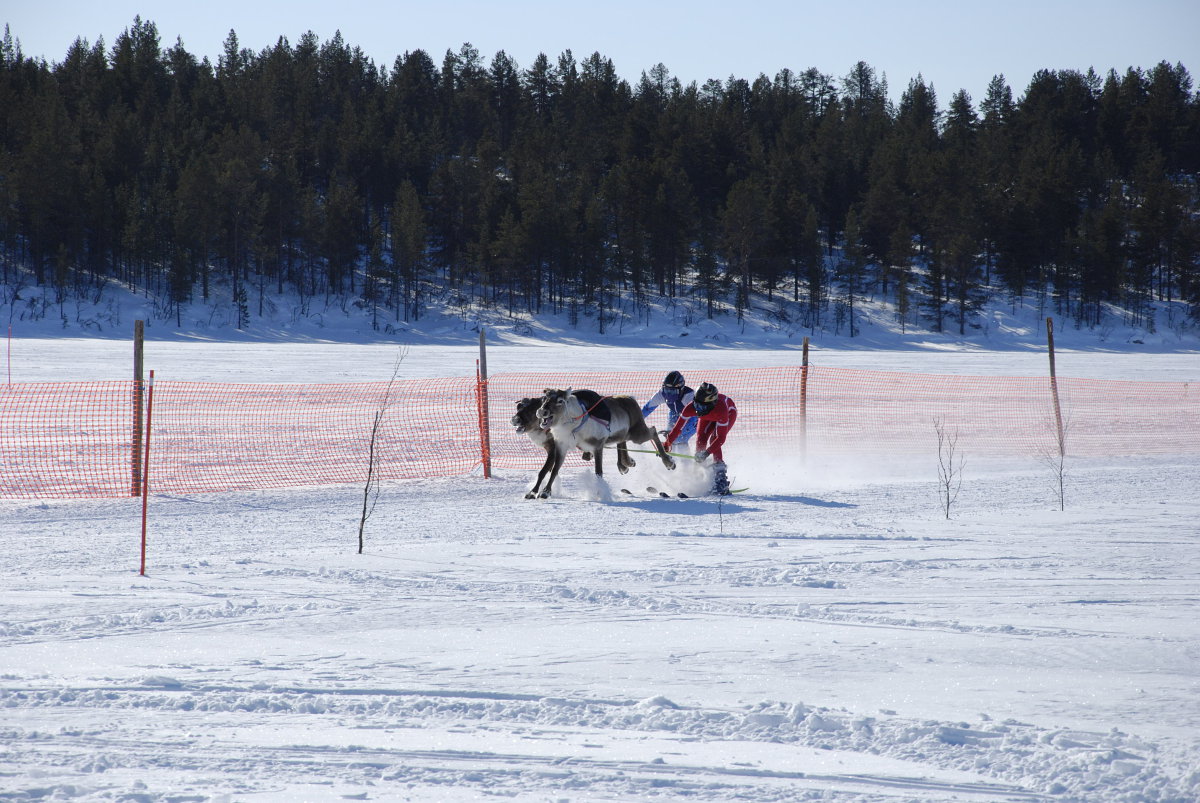Since the mid 20th century, every year towards the end of March, Hetta celebrates the St. Mary's Days. Within the region, it is one of the biggest events and festivals of the local Sámi: People from all over Enontekiö and the surrounding areas, such as from the close by Kautokeino region in Norway, are coming together for this celebration in Hetta, which is the biggest village in Enontekiö – a municipality in the very north-west of Finland. The tradition of celebrating St. Mary's Day goes back to the 16th century, when the local Sámi started to come together at the church of Enontekiö (which since World War 2 is in Hetta) to perform the baptism of newborns, but also to bury the dead at the cemetery. One of the reasons why a holiday at the end of March was chosen for this event, as someone from the organizing team explained me, is caused by environmental circumstances: Before people traveled by cars or by snowmobiles on maintained routes, the main means of winter transportation was the usage of reindeer sledges. In winter, cold and dry snow remains soft and makes it difficult to travel on sledges. However, after the polar night is over and the higher standing spring sun – combined with the forces of winds – make the top layer of the snow harder, it becomes easier to travel and to carry weight on sledges. In earlier times, people often arrived already a week before the actual St. Mary's Day, in order to meet their families and friends. During these festive days young people from all over the region got the opportunity to meet each other, and, so I got told, quite some couples found together here to eventually become married. Also salesmen discovered the meetings as attractive places to carry out their businesses. The St. Mary's Days thus became an important gathering to exercise trade, to socialize and to celebrate.
Nowadays the St. Mary's Days have program over a few days. One of the main attractions are the traditional reindeer races, which take place on the frozen lake Ounasjärvi, with the picturesque hills of Ounastunturi in the background. Mainly young men prove their skills in standing on their skiers while getting pulled by racing reindeer. Unfortunately, so I heard, this year's competition was much smaller than usual, as at the same time there was another race taking place a little bit south of Enontekiö. Beside reindeer races also lassoing competitions are part of the festival, where even the youngest festival participants get a chance to test their skills as potential reindeer herder newcomers.
Lassoing, nonetheless, was not the only activity for entertaining children, since the travelling theatre Beaivváš theatre, which is based in nearby Kautokeino, was performing a children's play in Sámi language in the temporarily converted local sports hall, just next to the school building and the library.
During St. Mary's Days, the centre of Hetta turned into a vivid market place, where clothing, food, and sweets could be bought. On a second and smaller market place, self made, traditional handicrafts as well as homemade food products, such as jam from all different kind of local berries, were sold.
The celebration then really took off in the evenings, when the bars were getting crowded, live music entertained the guests – of which many were dressed in their traditional Sámi suits – and people were partying and dancing until late into the night.
History of St. Mary's Days
The St. Mary's Days have a long tradition in bringing together people from the Enontekiö area and its surroundings in spring time, when in earlier days snow conditions allowed easier traveling with reindeer sledges. Trade possibilities at a temporary markets, socializing and meeting people made the event to an important gathering of the local Sámi people. The festivities are accompanied by a range of entertainment and traditional activities, such as theater plays, reindeer races, or dancing. The St. Mary's Days are an important event for the local Sámi to maintain their traditions and for keeping alive their community identity. The importance of the festival maybe put best in words by a young lady, dressed in a traditional Sámi suite, who explained: “Spring doesn't feel like spring, if you haven't been at the St. Mary's Days!”



